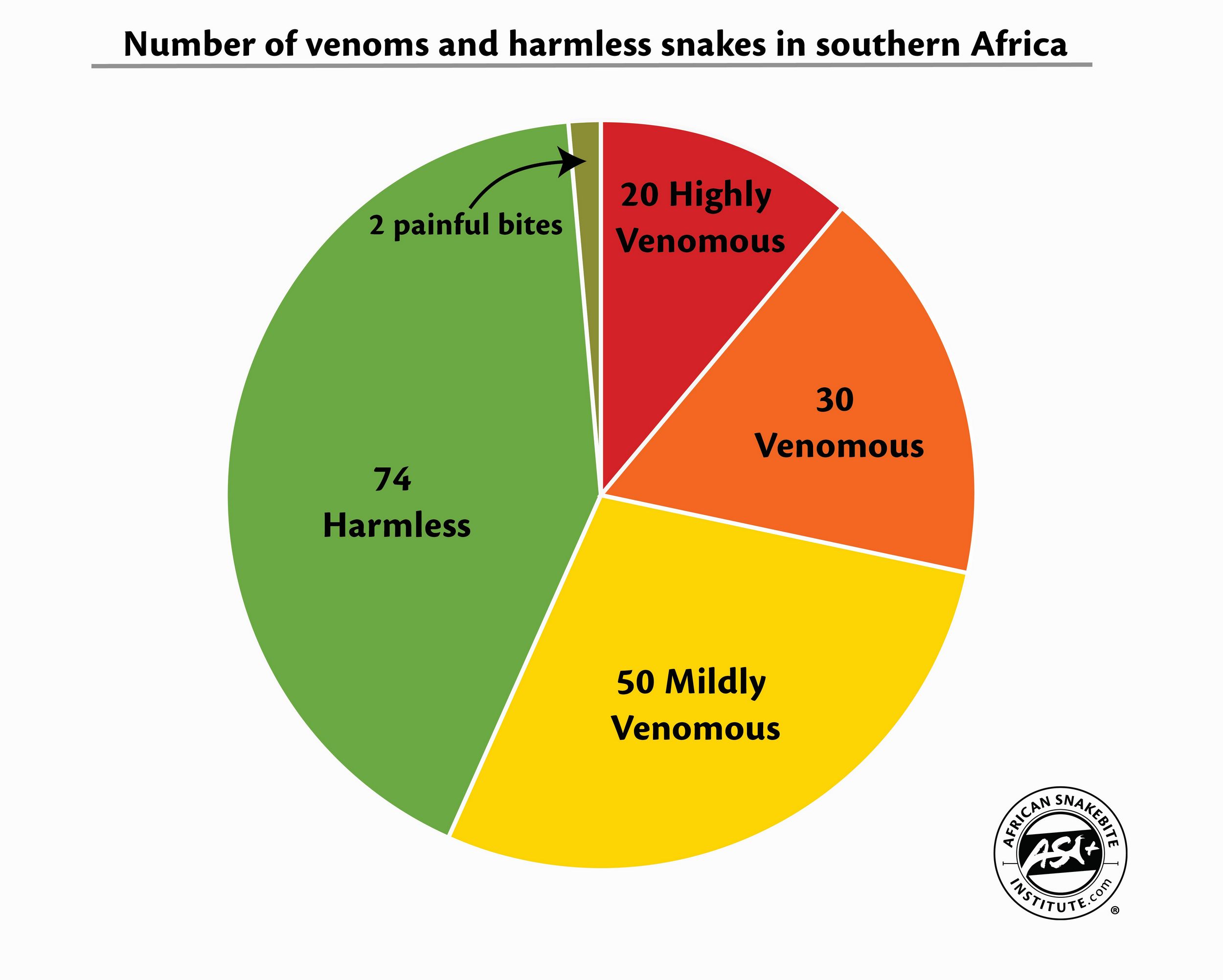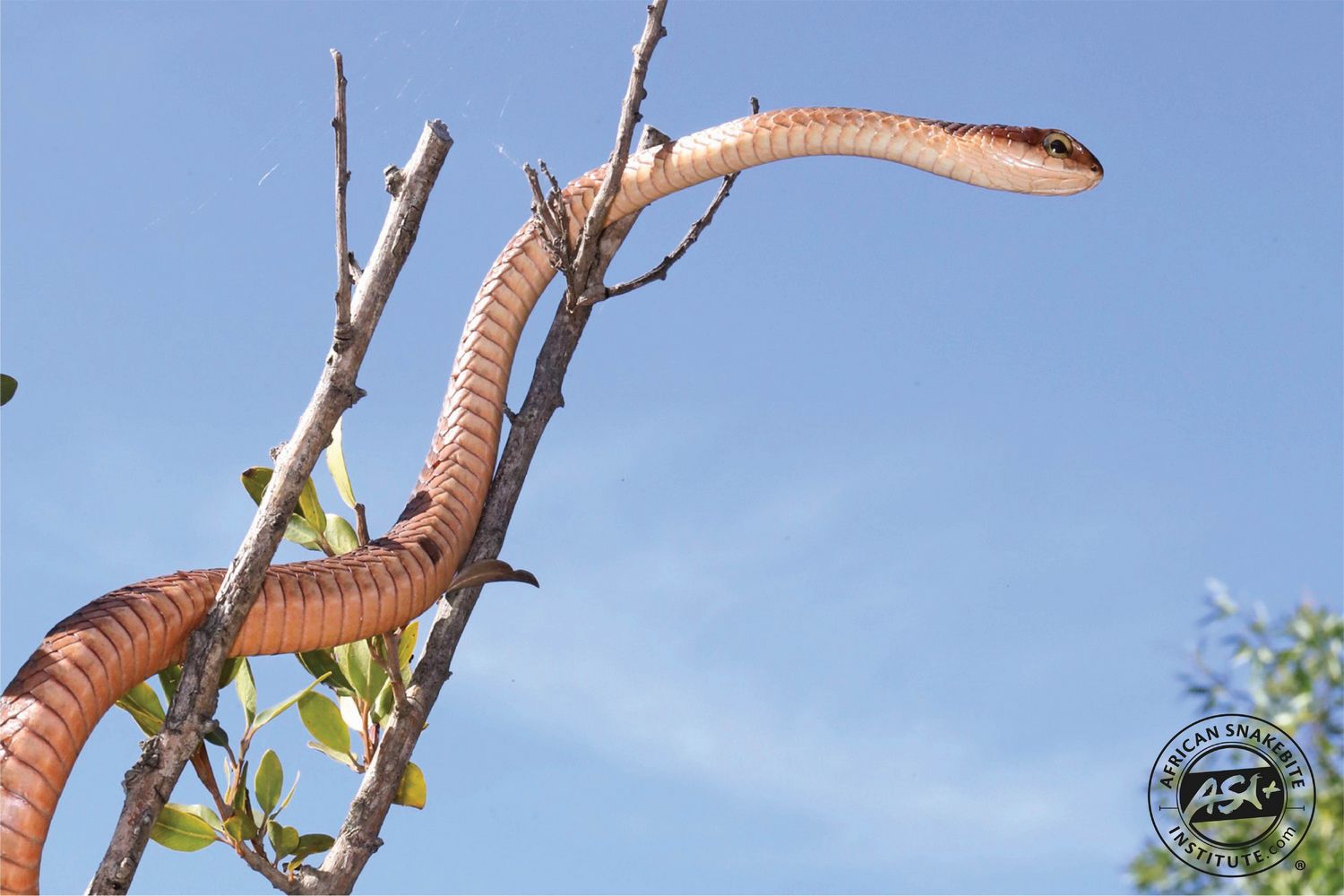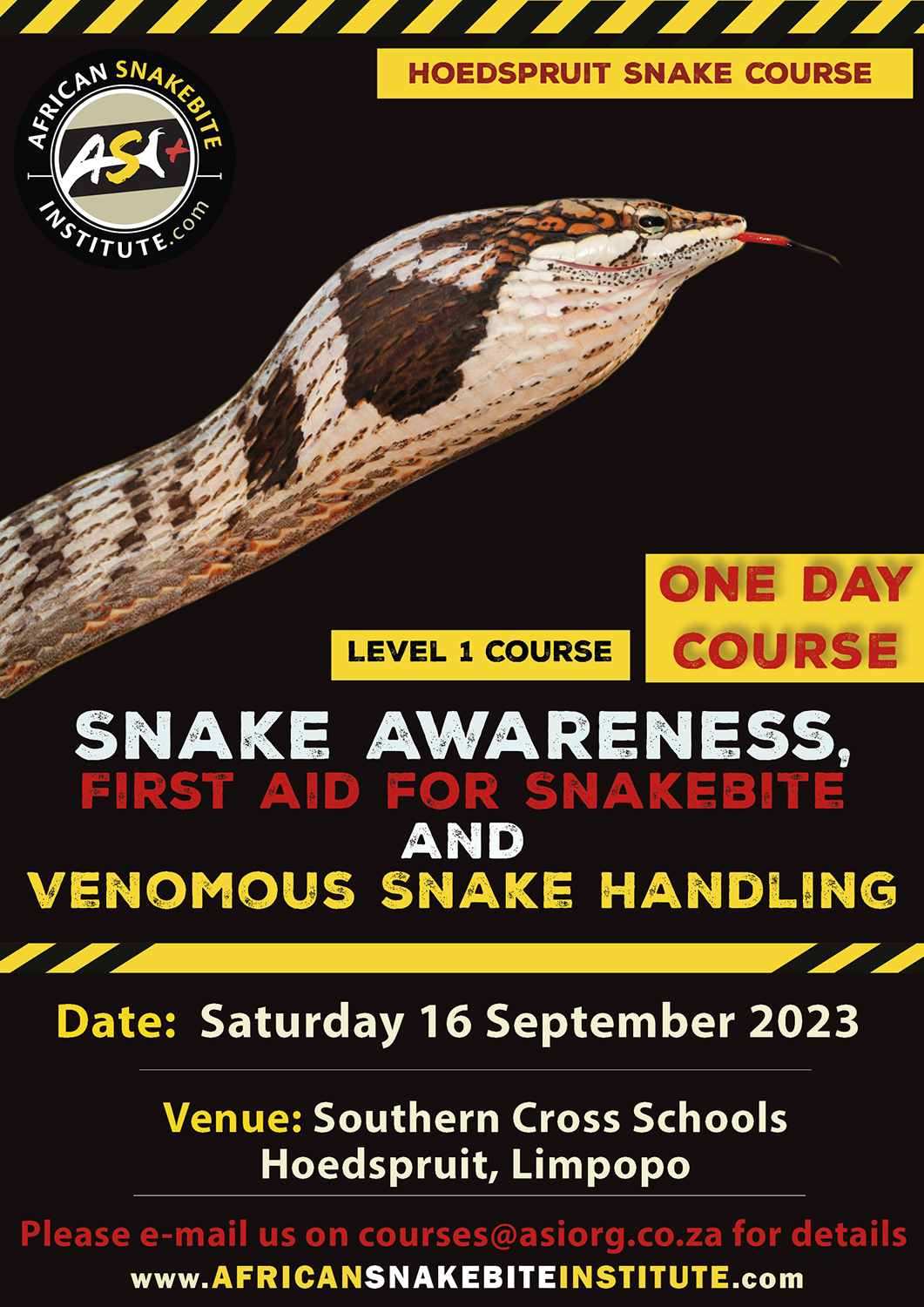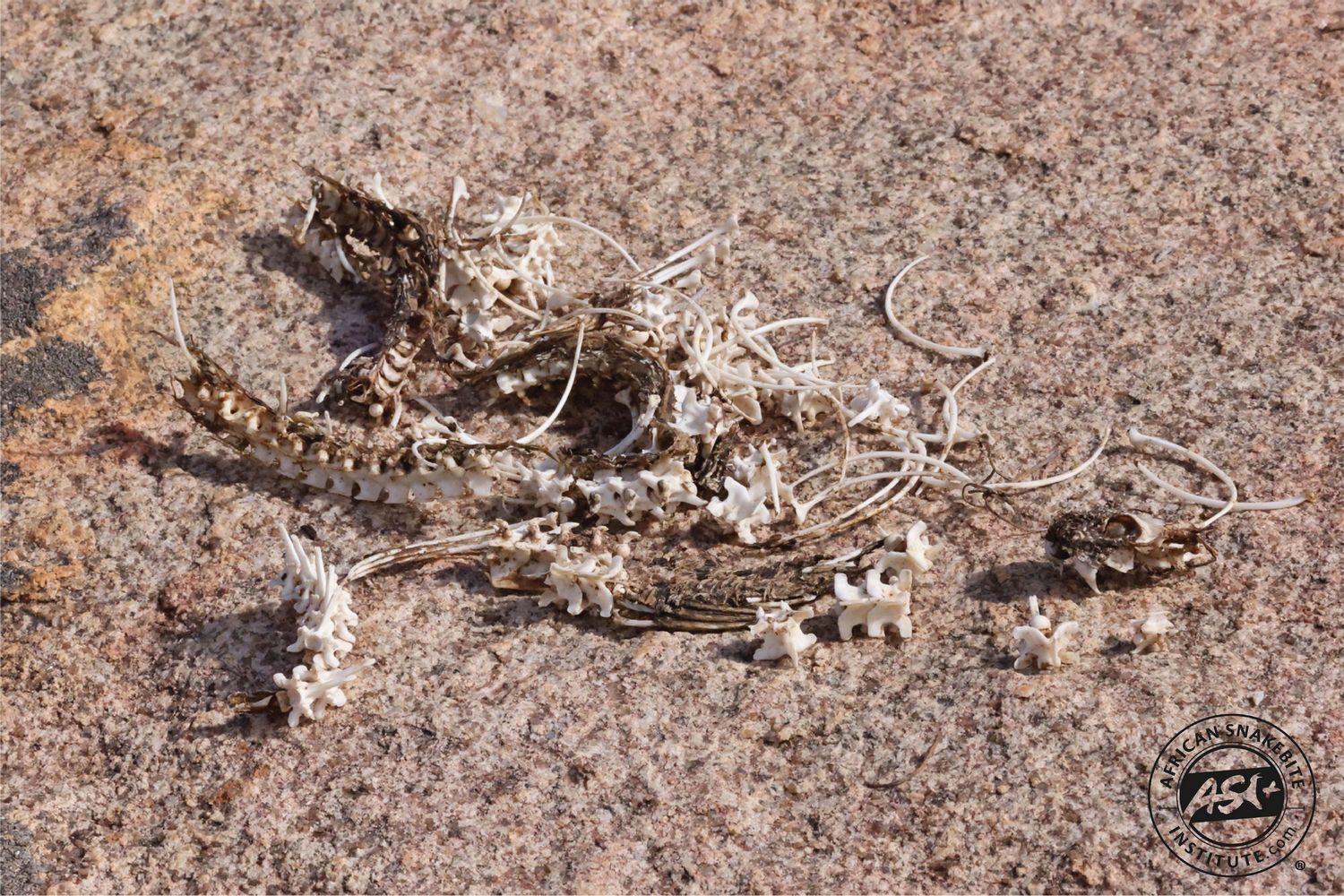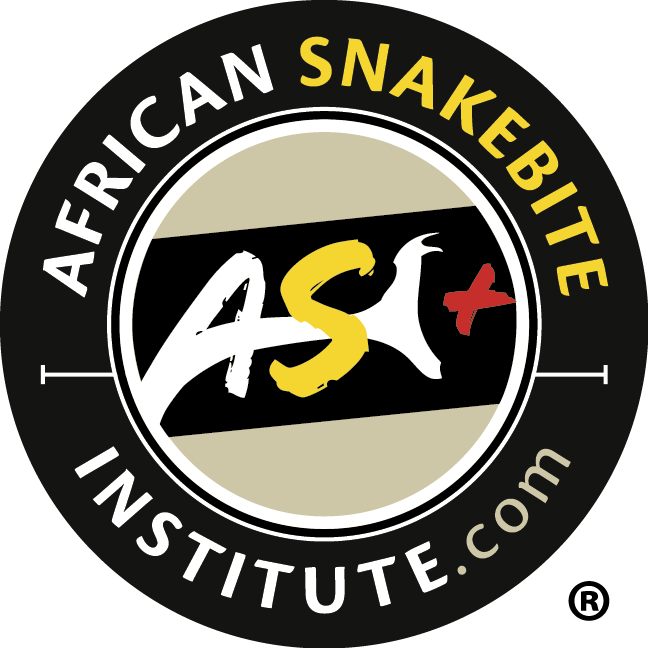Myth 6: Snakes travel in pairs
Fact: Snakes live solitary lives. Occasionally we will see snakes, sometimes from different species, sharing the same hole or hollow in a tree trunk. This is usually competition for a good hiding spot. The only time we see snakes together is in the breeding season where males will be following females or sometimes when males fight each other for females. They do not move around in pairs or hunt together.
Myth 7: If you find one snake, it’s mate is nearby.
Fact: Snakes are solitary creatures, and unless it’s mating season or one snake is hunting the other, you very seldom find two snakes together. Some species may share a hideout in the cooler months. In the breeding season, the female snake releases pheromones (like a perfume) that attracts males. If a single female Puff Adder is found in the garden during the mating season, it is possible that one to a few males may appear over the next few days, all following the scent of the female.
Myth 8: A snake will avenge the death of its mate.
Fact: An interesting story, many people believe that if you kill a snake, the mate will come back and seek revenge. Snakes are largely instinctual animals and don’t really display emotion. Snakes also do not mate for life. Each mating season a female will mate with multiple males to ensure the offspring have variable genetics. Some people will even burn dead snakes as they are scared of the mate coming to avenge the death, and they believe that by burning the dead snake it takes away chances of the mate finding it.
Myth 9: If you see a baby snake, the mother is close by.
Fact: The majority of our snakes in southern Africa lay eggs. With the exception of Southern African Pythons and the Spotted Skaapsteker, the rest of the snakes lay eggs and leave. The eggs are usually laid underground, under a rock or in leaf litter, somewhere where the eggs are safe, warm and won’t dry out. The mother provides no maternal care like birds or mammals. The baby snakes will hatch between 70-90 days later and have to find food, water and fend for themselves immediately.This means that if you find one baby, you may find other babies in the area, but you won’t find the mother. Some snakes do give live birth like Rinkhals, Mole Snakes, Common Slug-eaters and most adders. These snakes drop live babies and move off. So you may find the mother nearby for these snakes, but she does not look after her babies.
Myth 10: Baby snakes are more dangerous than adults
Fact: This is a popular myth spread around on TV shows. The reality is that juvenile snakes have a much smaller venom quantity. Juveniles may be more nervous and often more likely to bite if harassed or stepped on, but the bites are usually mild compared to an adult. There are still ongoing studies on to see if the venom composition changes in snakes as they grow from juvenile into adults. Juvenile snakes often have a different selection of prey (for example eating frogs as juveniles and eating rats as adults) and the venom may change as the snake ages. But this requires more research.



